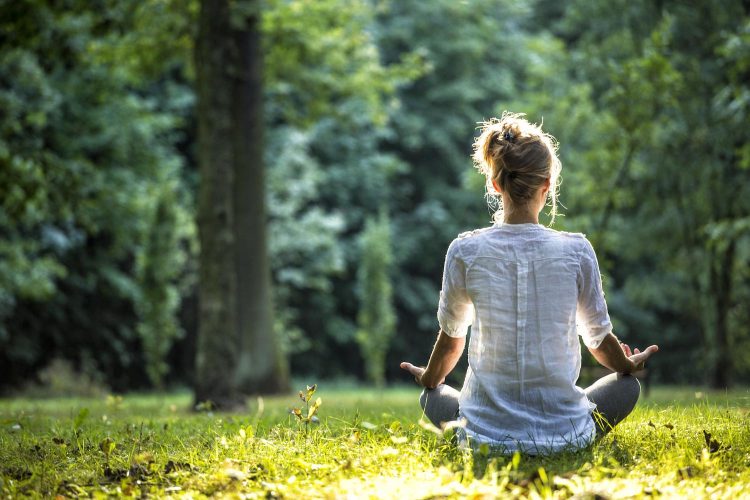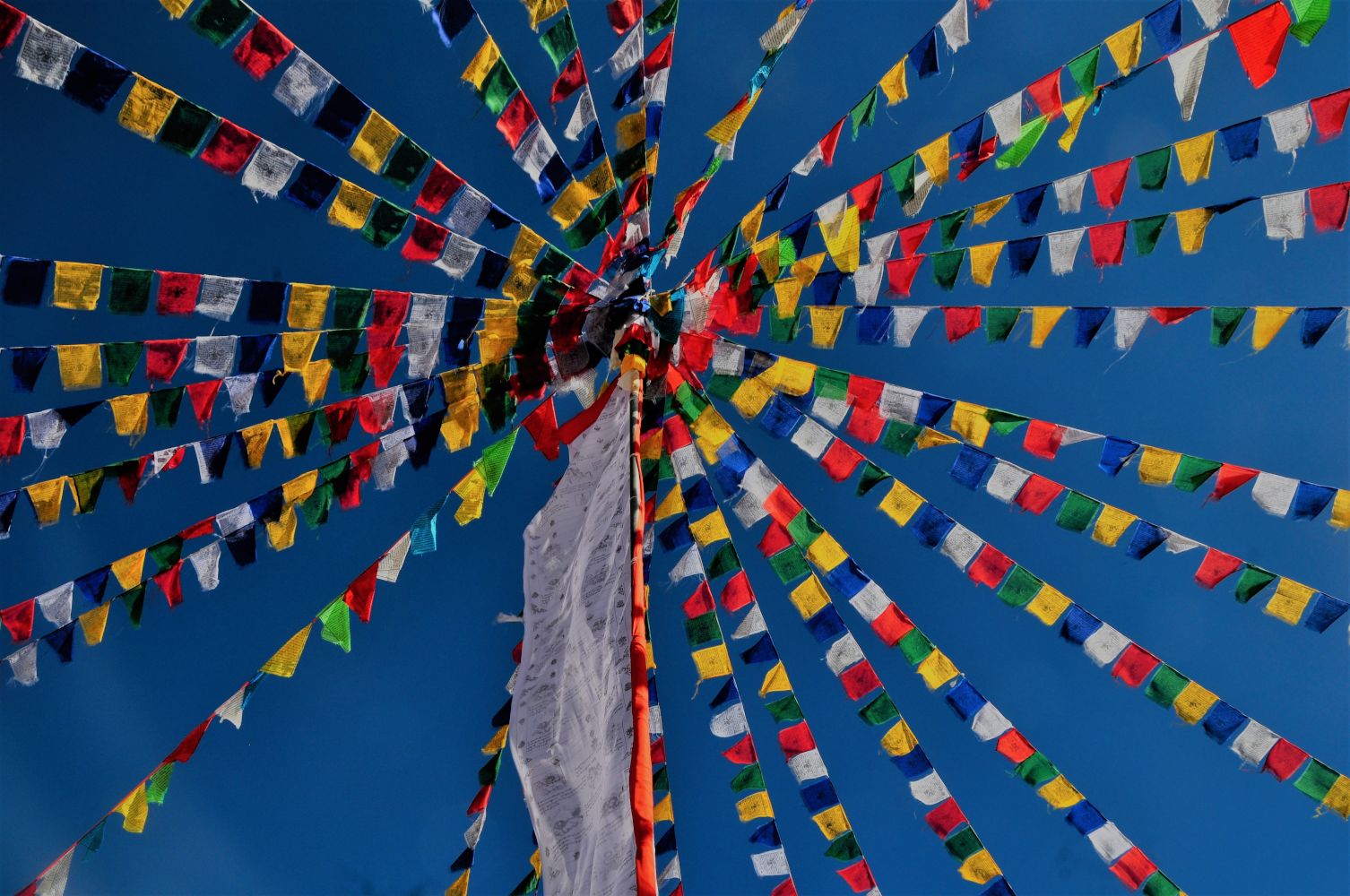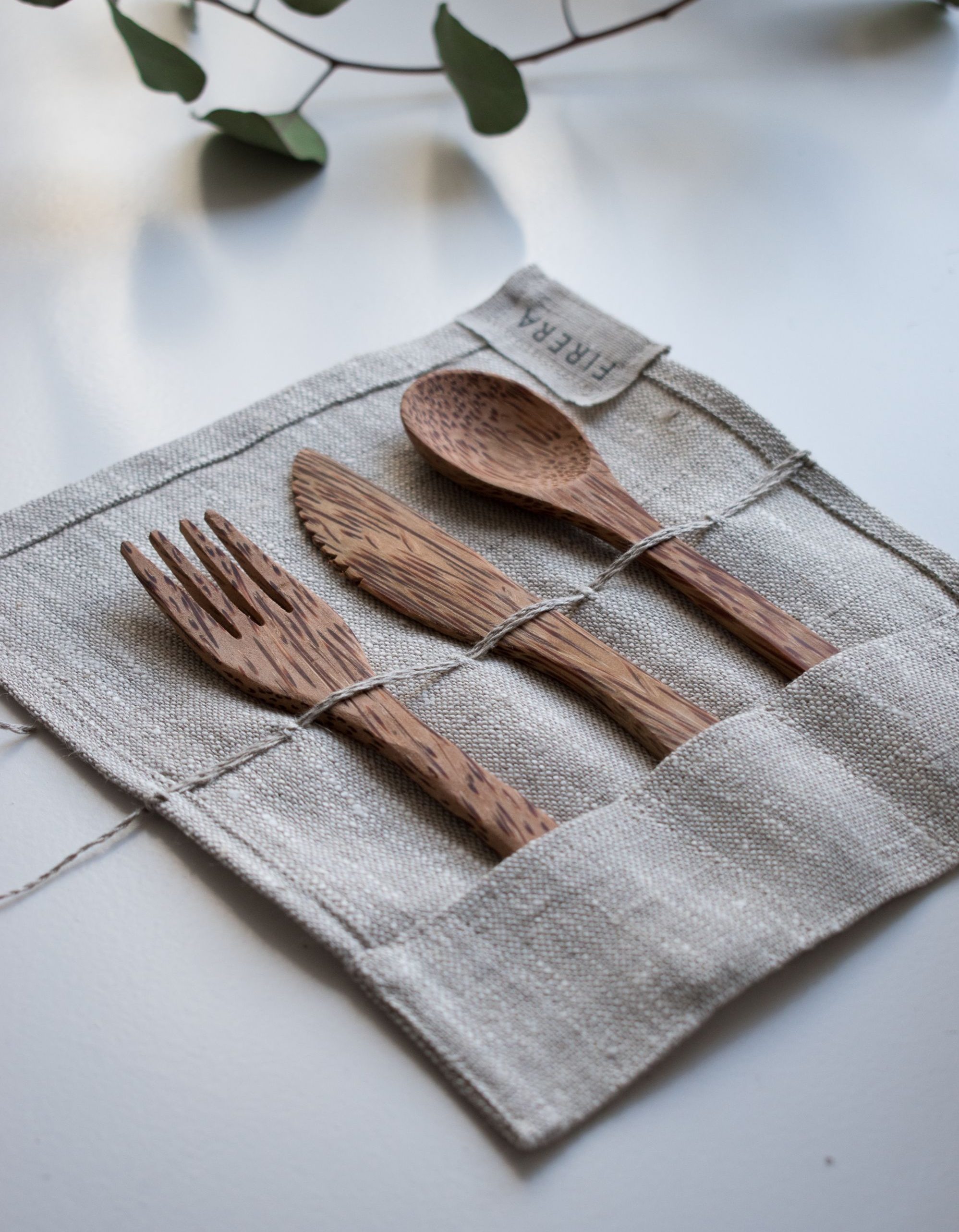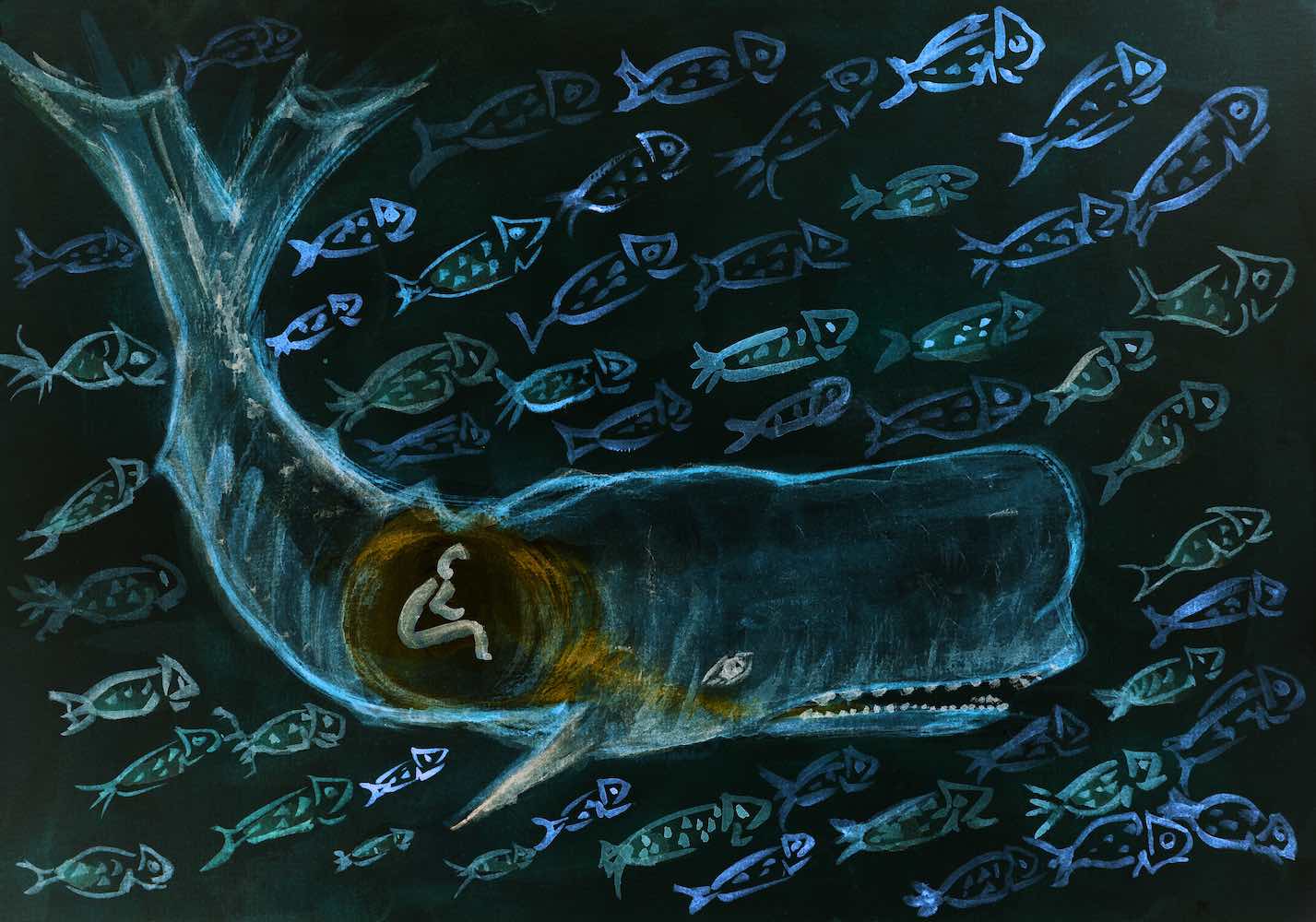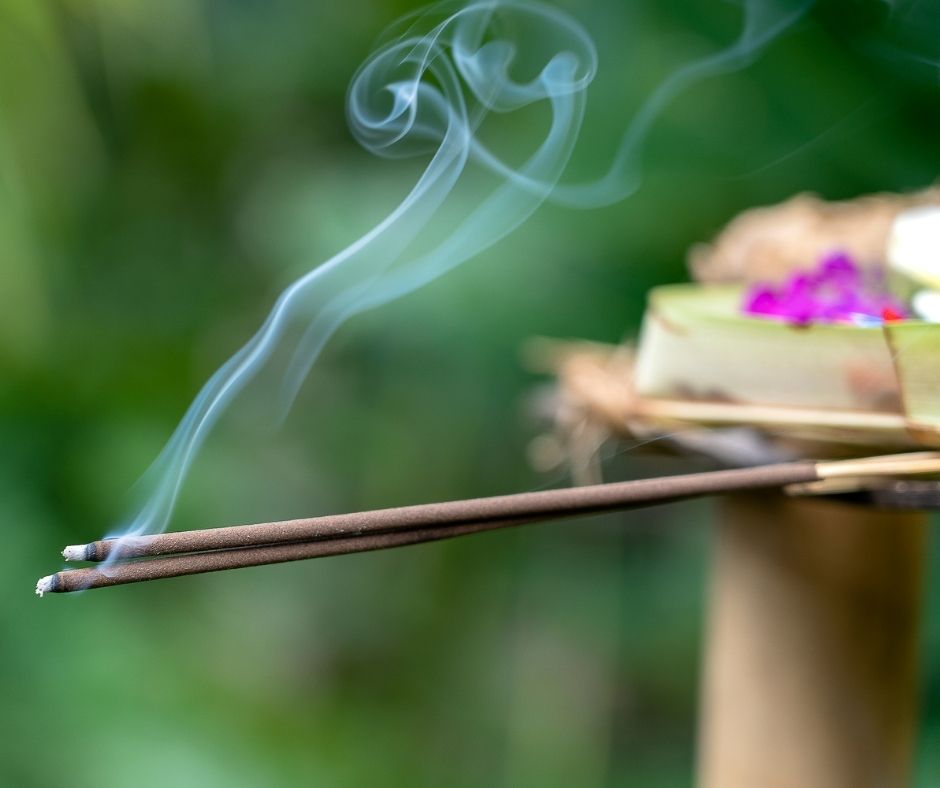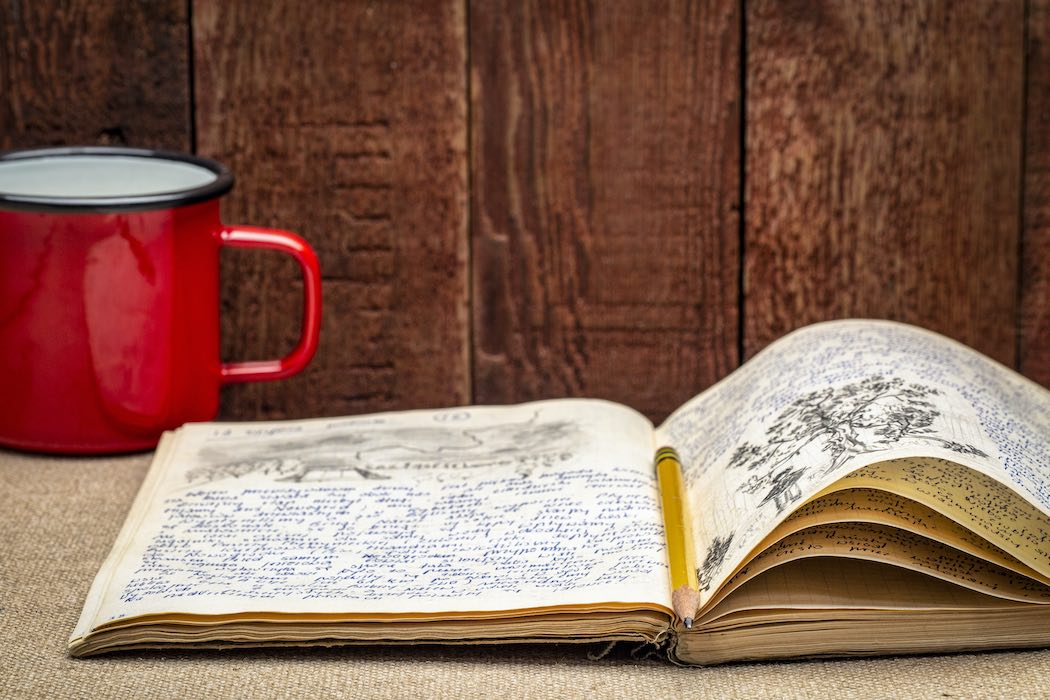One day, while practicing yoga at home on a carpeted floor, I lost my footing in a standing pose and twisted my hamstrings after a split second of distraction. If you’re familiar with the Ashtanga Primary Series, you know that flexible hamstrings are a “prerequisite” for almost every asana (pose). With my injury, forward folds, especially utthita hasta padangusthasana (extended hand to big toe pose), and janu sirsasana B (head to knee pose), hurt. Kurmasana (tortoise pose) was completely out of the question. Before my injury, I had been “coming up to speed,” so to speak, in my primary series practice, and I was ecstatic about my recent progress. After, I felt like I was back to square one, which was frustrating and disappointing. I was even a little angry at myself.
I assessed my injuries and determined that, while the hamstrings hurt a little, I could endure them. After all, I gave birth to my son without pain medication. What was a little hamstring pain? I continued the way I practiced, but, after a week or so, the pain got worse and I knew I could not keep going on like I was. I asked some of my teachers for advice and realized I was not alone. Many teachers had injuries. Some told me that their hamstring injuries took a few years to completely heal. Regardless of the injuries, I learned I should keep my daily practice, as the heat generated is part of the healing process, and when it hurt, I would back off from going too deep.
Accepting the fact that healing would take time, and knowing I was in the practice for the long haul, I let go of the frustration and decided to approach my practice differently. First, I applied ahimsa to myself – how I do the postures is nobody’s business but mine. I wouldn’t let the ego talk me into doing the asana in pain just to look impressive. I accepted that I could not come to most of the poses like before, and that’s okay. Meanwhile, in forward folds, I paid more attention to the bandhas and realized that, by engaging them, I could move deeper without relying solely on my muscles’ flexibility and strength. I allowed myself to soften up. I also changed my attitude toward backends. I always favored forward folds and told myself I was not a backbender. Now that I wasn’t good at forward folds either, why not give backends a try? While I deepened my practice on many fronts, my hamstrings were feeling better every day, and on their path to recovery.
These injuries turn out to be blessings in disguise. Around that time, I attended Peter Sanson’s mysore classes at Yoga is Youthfulness in Mountain View, California. One of his messages to the crowd, which he delivered clear and strong, really resonated in my heart. Guruji had taught him every asana, step by step, never letting him get in front of himself. Guruji never cared about the external stuff. Instead, he emphasized on tristana: breath, dristhi (gaze), and bandhas. Let the breath and dristhi lead the energy, and, with mula and uddiyana bandhas engaged in every pose, energy is lifted and maintained throughout the practice. Senses are drawn inward. Pay attention to the atman (higher self) sitting inside the little box within the heart. You will come to the natural state of being — the joyous inner state that is not disturbed by the external. That is yoga.

